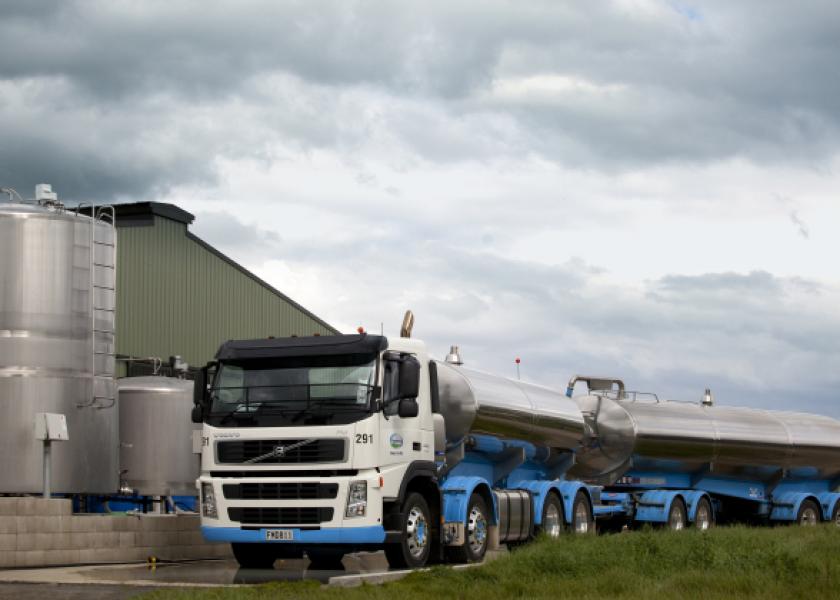Fonterra Expects N.Z. Milk Rebound as Global Supply Growth Slows

A recovery in New Zealand production, however, won’t prevent a slowdown in global milk supply that is underpinning prices.
Phoebe Sedgman and Tracy Withers
Fonterra Cooperative Group Ltd., the world’s largest dairy exporter, expects that New Zealand milk production will recover next year after the worst drought in three decades curbed output in the past four months.
Milk collection will increase between 2 percent and 3 percent in the 2013-2014 season ending May 31, Chief Executive Officer Theo Spierings said in a phone interview today after the Auckland-based company forecast a 21 percent jump in payments to farmers. Output probably fell 1 percent to 1.5 percent, he said.
Whole milk powder prices almost doubled this year, reaching a record in April, as New Zealand’s most widespread drought curbed supply. In the same month, global dairy costs surged to the highest since 2007, helping to boost world food prices, according to the United Nations’ Food & Agriculture Organization.
"We’re not predicting more than historic figures, so we’re talking about 2 percent to 3 percent but not more than that," Spierings said. "We need to have good preparation for next season and if we step up our volumes again we’re back on track for growth."
A recovery in New Zealand production won’t prevent a slowdown in global milk supply that is underpinning prices, Spierings said. Output from the world’s 15 largest dairy exporters is projected to rise 0.5 percent in 2013, less than a third of the growth seen in 2012, amid unfavorable weather and other supply disruptions, he said.
Global Supply
"The top 15 with 0.5 percent is pretty low," he said, adding that global demand generally increases by 2 percent to 3 percent a year.
The average winning price for whole milk powder across all contract months at Fonterra’s GlobalDairyTrade auction on May 15 was $4,722 a metric ton. Fonterra expects prices will continue around those levels until the end of the year, Spierings said. The price reached a record $5,245 on April 16.
"It might drop back in 2014 to the normal level of $3,500, so you would look at an average north of $4,000," he said.
Based on that outlook, the company today forecast it will pay its 10,500 farmer shareholders NZ$7 ($5.64) per kilogram of milk solids in the year ending May 31, 2014. That compares with the current year’s payout of NZ$5.80.
Fonterra maintained its forecast for a 32 cent dividend in the year ending May 31. Farmers need to be cautious managing their budgets as there has been a drop in New Zealand milk collection and a recent dip in powder prices, Chairman John Wilson said in a statement.
Fonterra today said it will pay NZ$5 per kilogram at the start of the season to ensure farmers are prepared after the drought impacts.
Good Autumn
"Luckily the autumn has been pretty good, so land is in good condition and cows are in good condition, but we want to make sure that we have sufficient cash flow on farm so we have a good start to the season," Spierings said.
New Zealand declared drought across the entire North Island including Waikato province, the biggest milk producer, in March after a hot, dry summer. The nation will probably keep a drought declaration until September even as pastures recover after rains in some regions, the government said last month.
Milk collection tumbled 34 percent in April from a year earlier after declining 16 percent in March, according to Fonterra. The company said in March that growth in milk volumes may be unchanged this season. New Zealand’s milk production previously contracted in 2007-2008, when supply fell 2.6 percent due to drought, according to industry group DairyNZ.
Rainfall between May and July will probably be in the near-normal range for all regions in New Zealand, according to the National Institute of Water and Atmospheric Research.







